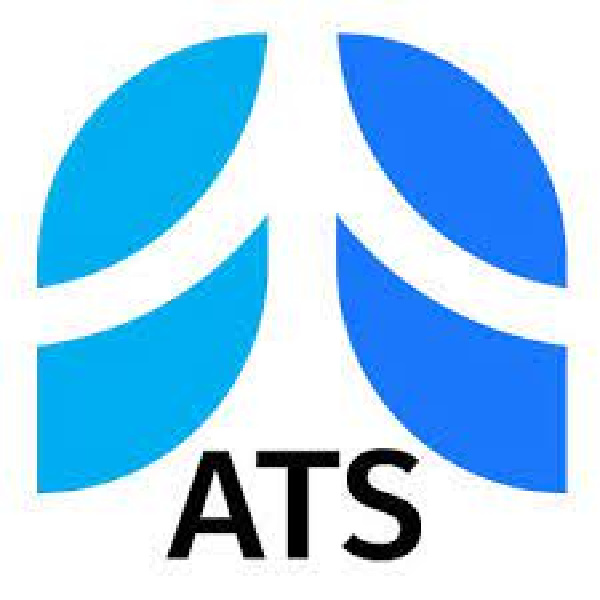
American Thoracic Society: Nurses Section
Organization Name
American Thoracic Society (ATS)
History
Founded in 1905 as the American Sanatorium Association to prevent, control, and treat tuberculosis; renamed the American Trudeau Society in 1938 and the American Thoracic Society in 1960. Originally the medical section of the American Lung Association, the Society became independently incorporated in 2000 as a 501 (c) (3) organization.
The American Thoracic Society is the world's leading medical society dedicated to accelerating the advancement of global respiratory health through multidisciplinary collaboration, education, and advocacy. Core activities of the Society’s more than 16,000 members are focused on leading scientific discoveries, advancing professional development, impacting global health, and transforming patient care. Key areas of member focus include developing clinical practice guidelines, hosting the annual International Conference, publishing four peer-reviewed journals, advocating for improved respiratory health globally, and developing an array of patient education and career development resources.
Mission Statement
To accelerate global innovation in the advancement of respiratory health through multidisciplinary collaboration, education, and advocacy.
The Four Pillars of the ATS
With this new mission as our driving force, all ATS activities will now fall under four main pillars of respiratory health:
- Leading Scientific Discovery
The ATS is a leader in the fundamentals of respiratory science. Providing the most recent and relevant findings in cellular and molecular biology, biochemistry, pharmacology, populations, and translational science, breathing and lung physiology (including ventilation/breathing). This commitment to research and discovery in science is the gold standard in the field. - Transforming Patient Care
ATS members set the highest standard for respiratory care and treatment of patients. The ATS is the leading source for clinical tools, practice guidelines, and best practices based on the latest research and innovation. - Impacting Global Health
The ATS drives positive, proactive change to improve public respiratory health and prevention on a local, national, and global scale. This applies to environmental issues such as air quality, climate change, exposure to contaminants, and potential manmade disasters, as well as contagious diseases and tobacco prevention. Robust research and risk awareness drive change to “help the world breathe.” - Advancing Professional Development
The ATS is a catalyst for the growth and development of health care professionals and practices. Education, networking, mentorship, funding, and career opportunities are essential to excel and advance.
Springer Publishing Nursing Showcase

